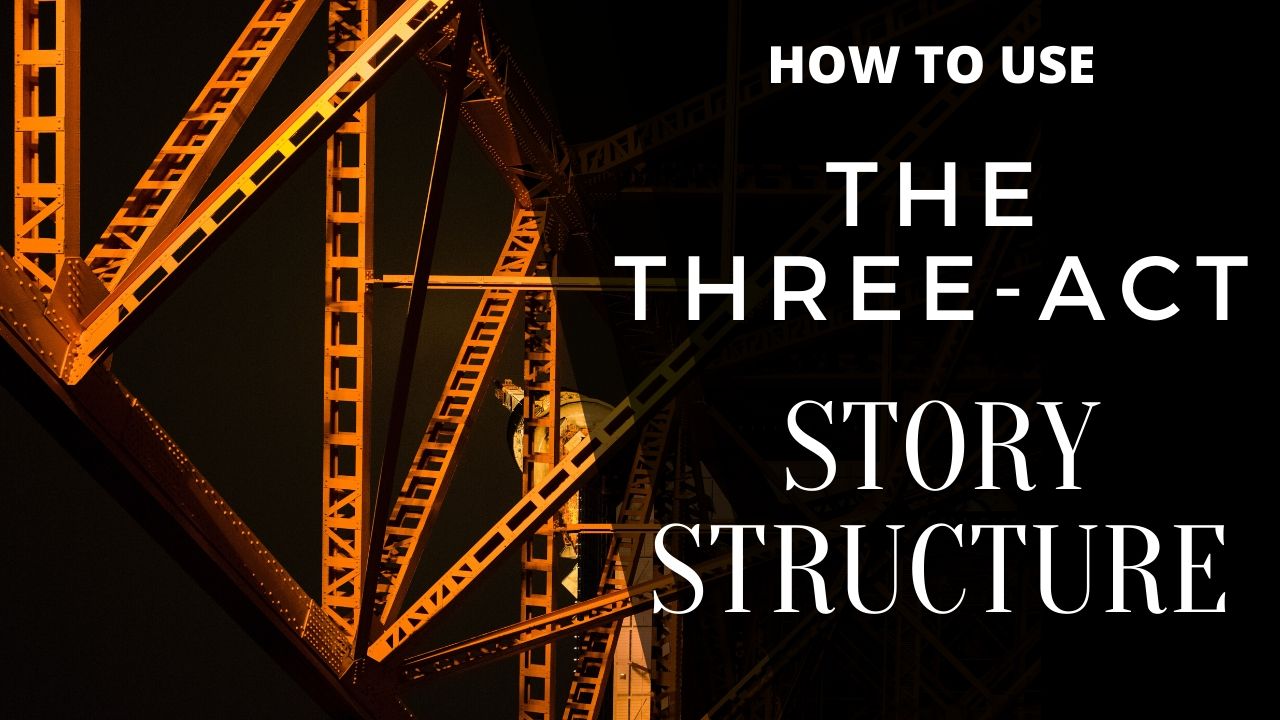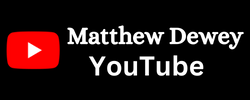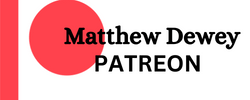Latest Writing Video! |
|
The most popular structure for writing any story is the ‘three-act’ structure. It is an effective structure for plots, giving the reader an opportunity to learn about the characters and their motivations, to see how they develop and how their story ends. That in itself is what the three-act structure is all about. Here’s how you can use it to your advantage! What is the Three-Act Structure?The Three-Act structure is popular in plays and film, but has become just as popular in writing. The structure gives the reader an opportunity to follow the story more easily, presenting a logical sequence of events and exposition without bogging the reader down in constant exposition or leaving them clueless as to what is happening. In addition, it is a structure that helps the writer put their idea on paper easily. It gives them a time-line to place their stories, events, ordering ideas and developing the idea into a solid plot worthy of reading. It is for this reason it has done so well in movies and shows, but also helps writers structure and complete their novels. I am going to explain what each act involves, starting with the first, but I would like to take this moment to explain the length of each act. If the story was divided into quarters, then the first act would be 1 quarter, the second act would be 2 quarters, the final act the final quarter. What Happens in the First Act?The first act consists of a series of introductions. It is during this act you should have the bulk of your exposition, character introductions and world building. In short, you are setting the stage, establishing main characters and their relations. Once all these pieces have been established, then the inciting incident transpires, setting these pieces in motion. It is very much like a tour guide greeting the reader in the museum lobby, explaining who they are and what the museum houses before leading them to the first exhibit. The best way a writer, such as yourself, can take advantage of this act, is by summarising what the reader needs to know. Collect the necessary characters, where they are in life and show the reader. Let them know what their personalities are, how they know each other, what part they play in the world. Once done, give them motivation with an inciting incident. There are many examples to choose from and you can present it anytime in the first act. You can start your mystery novel with a crime scene investigation right at the beginning, establishing the detectives motivation to catch the criminal. You can end the act with the same scene. (although, I personally recommend in this example that someone close to the detective is the victim, adding impact to their character and launching them straight into the second act.) What Happens in the Second Act?The second act contains the bulk of your story, but that does not mean that it is filled with padding. To take advantage of this act, you develop your characters and the plot. How does one develop the characters and plot? The protagonists have been presented with a problem in the first act. It can be anything, depending on the genre you have chosen. Your protagonist could be fighting a super villain, a criminal, a colleague, a disease or simply trying to get their life back together. In the beginning, this seems like a tall order. The problem they have been presented with is not an easy one, otherwise the story wouldn’t be interesting. Yet it is through the events of the second act that the protagonist, and perhaps the antagonist, are developed. The protagonist grows stronger, and/or smarter and/or makes great friends along the way. The protagonist is learning something, growing to become a character that overcomes the obstacle they are facing. The end of the second act is usually one of two options: one, the protagonist fails due to their greatest failing, but persists in the final act or two, the protagonist overcomes their greatest failing before they even face their final test, finding themselves ready for the final act. What Happens in the Final Act?The final act begins, it is time for the protagonist to face the antagonist, whatever or whoever that may be. The result of this final confrontation depends on what message you want to convey to your reader. For example, the protagonist does not need to defeat the villain in a climactic battle. A truce could be arranged, in which case the stress of the situation would be more on the emotional aspect than the physical aspect. The criminal is caught, the protagonist accepts their fatal disease, as do their friends and family, the protagonist gets their life on track and better than they ever hoped they would, etc. The final act is a conclusion. You take advantage of this act by ending the story and tying off loose ends. The tricky part for many writers is the length of this final act. In essence, it should be no more than a few chapters, preferably equalling the length of the first act, but commonly it is shorter. During this act, the reader wants to see what the result is of all that happened throughout the story and answer that question introduced in the first act. Does the protagonist find love? Does the protagonist overcome the obstacle? Does the antagonist get what’s coming to them? Whether your protagonist wins or the antagonist wins, the story has an ending. You can use a final chapter or two to tie off loose ends, wrap side-plots and so on. ConclusionIt is on that note that this article has reached its final act. The three-act structure is popular for a reason. You can construct a simple story with this structure, you can construct a complex story with this structure. You can hit all the right notes with this structure, you can write a classic with this structure. It makes the story easier for you to construct and easier for your reader to follow. If you have an idea you want to turn into a writable plot, then three-act structure will help you do just that. Thank YouAs a big thank you for reading this article I would like to offer you something for FREE! A writing course on how to improve your main character! Click here to check out your course. If you are unsure about a course, then you can sign up for free training! Claim your free training here! Thank you for reading! Kind regards Matthew Dewey, Writer Pin for Later!
0 Comments
Leave a Reply. |







